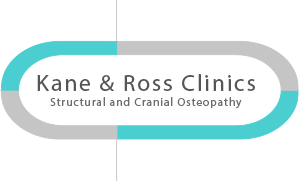Breathing; a short introduction
Breathing of moving air into and out of the lungs and is divided into two phases; inspiration and expiration.
During inspiration, the diaphragm and muscles between the ribs contract, causing the rib cage to expand and the pressure within the thorax to decrease. This causes air to rush in and fill the lungs.
During expiration, the diaphragm and rib muscles relax, causing the pressure in the thorax to increase and forcing air out.
Breathing is under both conscious and unconscious control. Area’s in the brain stem monitor blood oxygen levels, carbon dioxide levels and the pH of the blood and adjusts your rate of breathing accordingly. Our mood can have an involuntary effect on our breathing rate too: quick, shallow breathing if we are angry or stressed and slow, deep breathing if we are relaxed.
However, we are also able to change our breathing rates consciously depending on our activity, for example when meditating or singing.
An osteopath can assess your breathing pattern by…
- The number of breaths per minute.
- The balance between inspiration and expiration
- The location of your breathing – upper rib or lower rib breathing.
An osteopath will commonly look at your breathing as part of your treatment plan, especially when presenting with neck and back problems.
More information can be found about how we can help you at http://www.kaneandross.co.uk
